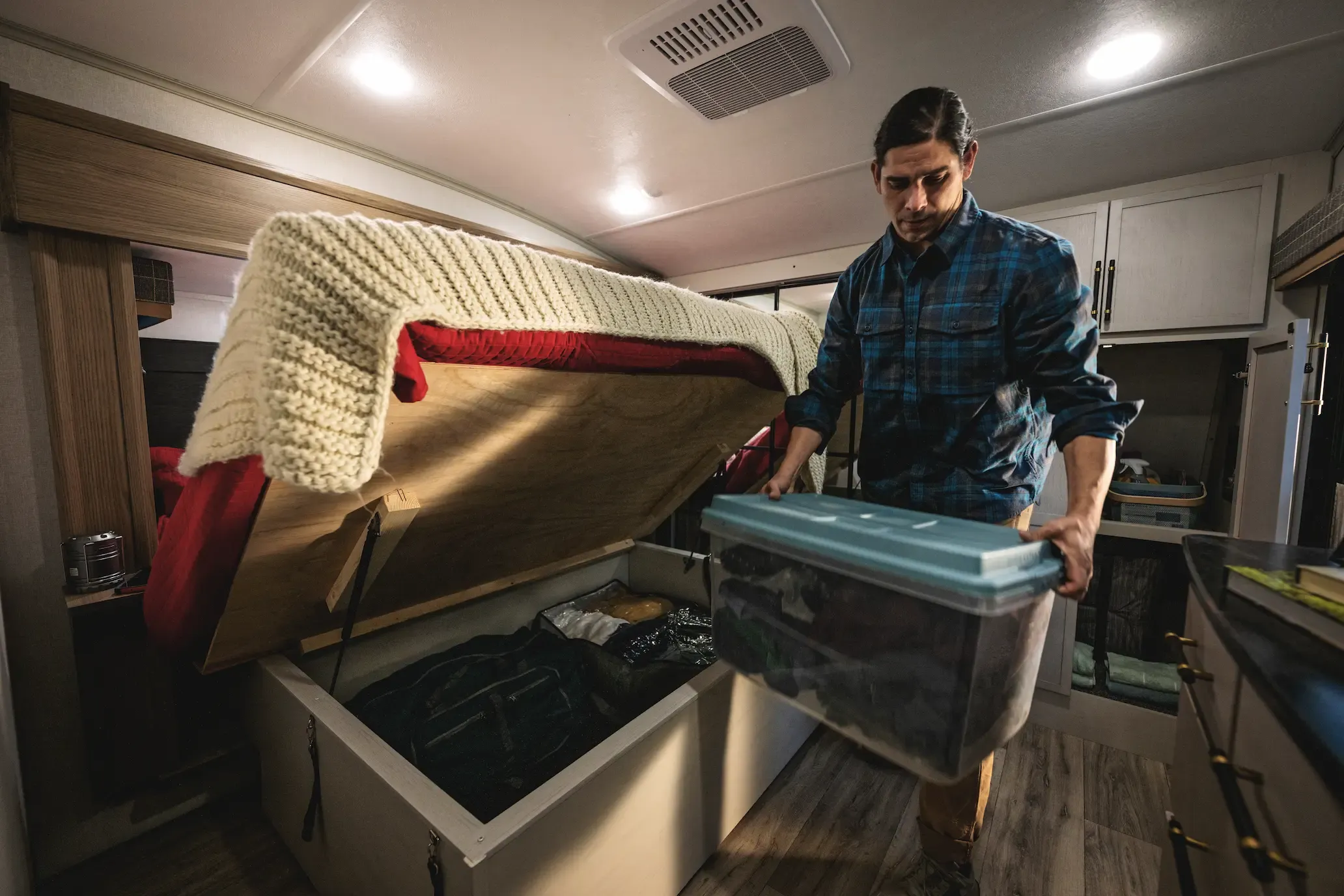THE ROAD AHEAD DUTCHMEN BLOG
Here, you'll find a comprehensive collection of insightful articles tailored to enhance every aspect of your RV ownership journey and ignite your sense of wanderlust. Whether you're a seasoned traveler or just beginning to explore the open road, our blogs are packed with practical advice, expert maintenance tips, and innovative ideas to help you get the most out of your RV experience.
Discover must-visit destinations, scenic routes, and hidden gems that promise unforgettable adventures. Learn how to care for your RV with detailed guides on upkeep and troubleshooting common issues. Find inspiration in stories from fellow RV enthusiasts who share their adventures, challenges, and successes on the road.
Whether you're planning your next trip, upgrading your RV, or simply dreaming about life on the road, our blogs are here to inform, inspire, and empower you every step of the way. Dive in and make your RV lifestyle everything you’ve imagined—and more!

Plan your RV adventure with ease! Discover the ultimate RV packing checklist, covering kitchen, bathroom, bedroom, outdoor, and safety essentials to make your trip stress-free and unforgettable.

Explore must-have RV accessories to enhance comfort, safety, and fun on your adventures. Perfect for RVers!

Explore the excitement of RV trade shows! Discover the latest RV models, expert tips, exclusive deals, and family-friendly activities that make these events a must for RV enthusiasts.

Learn how to wash and detail your pull-behind RV with these easy tips to keep it looking brand new and well-maintained for every adventure!
.webp)
Learn how to save money on your pull-behind RV road trips with these practical budgeting tips. From choosing affordable campsites to managing fuel costs and cooking your own meals, maximize your travel budget while enjoying the freedom of the open road.
.webp)
Discover the best winter RV destinations, whether you want to escape the cold to sunny beaches or embrace the snow in mountain resorts. Explore top spots for every winter traveler, from Arizona’s deserts to Colorado’s ski slopes, with tips on preparing your RV for seasonal adventures.

Discover the ultimate guide to RV storage with essential tips for every climate. Learn how to protect your RV year-round, whether you're facing harsh winters or blazing summers. Keep your RV in top shape with expert advice from Dutchmen RV.
.webp)
Prepare your RV for winter with our step-by-step guide to winterizing. Learn essential tips to protect your RV's plumbing, prevent damage, and ensure it's ready for the next adventure. Stay safe and winter-ready with Dutchmen RV!